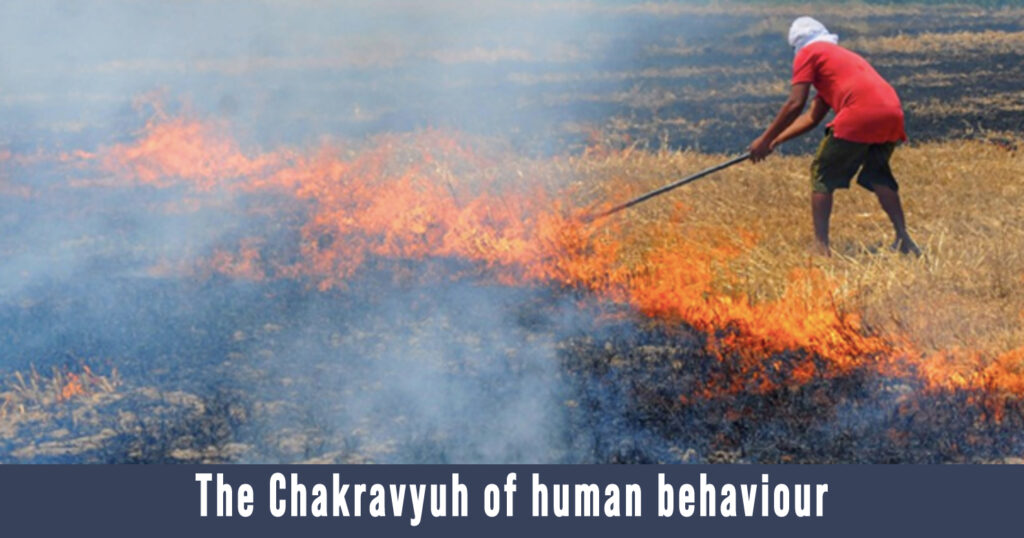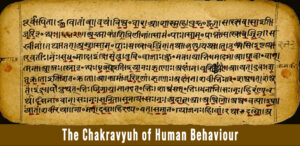The 2000-2015 Millennium Development Goals (MDGs) didn’t too well for environment protection and health services, but had a huge impact on poverty reduction (led by China and India), gender equality and availability of clean drinking water. This encouraged the world community to consider the next set of goals.
In 2015, after 3 years of deliberations amongst governments, businesses, communities, universities, NGOs and youth (more than seven million people voted in 84 national surveys) the 17 SDGs were arrived at; where each goal was carefully chosen to represent the 3 dimensions of Sustainable development – Economic, Environmental and Social.
It was the largest consultation in history and eventually on Sept 25th, 193 member countries committed to make every effort needed to achieve these goals by 2030.
The way to achieve the 17 SDGs is via 169 global targets. But the way to assess progress/performance on these is via indicators of our choice (India via its states aggregates 306).
Implying India/its states have a choice to plan interventions and measure their success based on their needs.
For instance, to achieve Goal 11, Sustainable Cities and Communities, there are 7 suggested targets.
Given Delhi’s AQI, the State Government may wish to achieve Goal 11 through Target 7(referred to as 11.7): “By 2030, ‘to reduce the adverse per capita environmental impact of cities, including by paying special attention to air quality and municipal and other waste management’”.
The indicator Delhi could choose, to track this target’s progress could be – “Annual mean concentration of particulate matter of less than 2.5 microns in diameter (PM2.5) (μg/m³)”.
Air pollution illustrates the all-pervasive nature of the SDGs – their interconnectedness and their integrated nature. One state’s stubble burning to enhance agriculture production(#SDG2) empoisons the other’s citizen’s health(#SDG3) even while it endangers all mankind by global warming(#SDG13).
That our actions are harming others – we need to get this, if we wish to break the Chakravyuh of human behaviour.
In ‘The Sustainable Development Goal Chakravyuh #4’, I’d like to share a metaphor from ancient India that explains the integrated nature of SDGs. Hope to see you around.
(cover image: Parali/Stubble burning from https://science.thewire.in)
#SDG #SDG@ #SDG3 #SDG13 #airpollution


